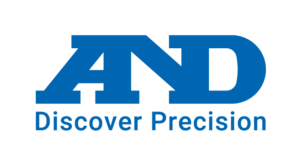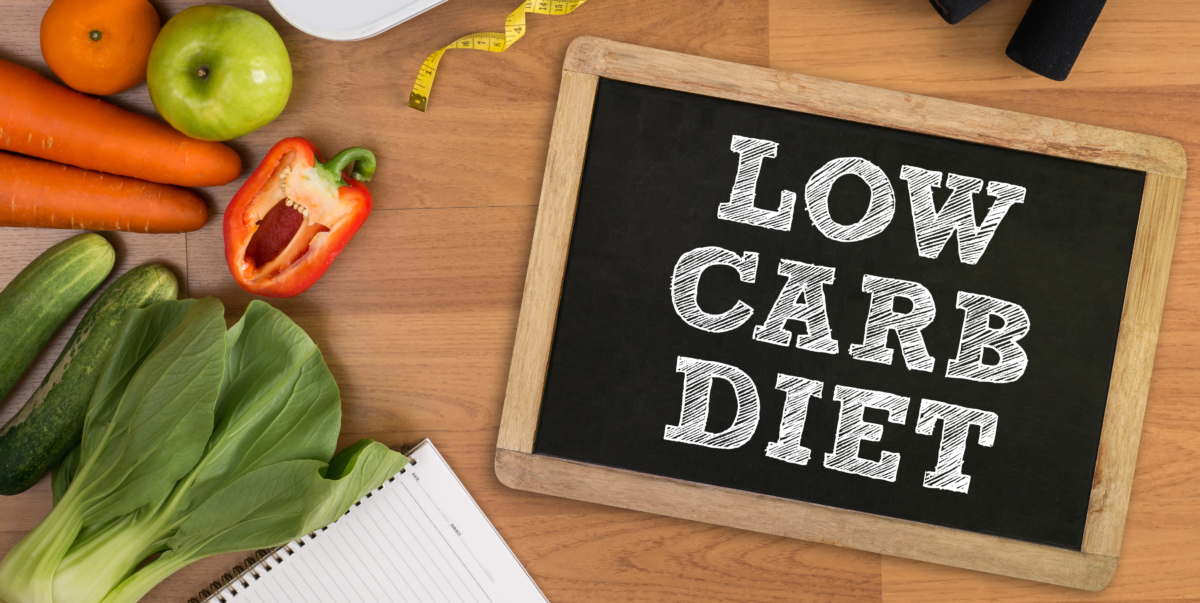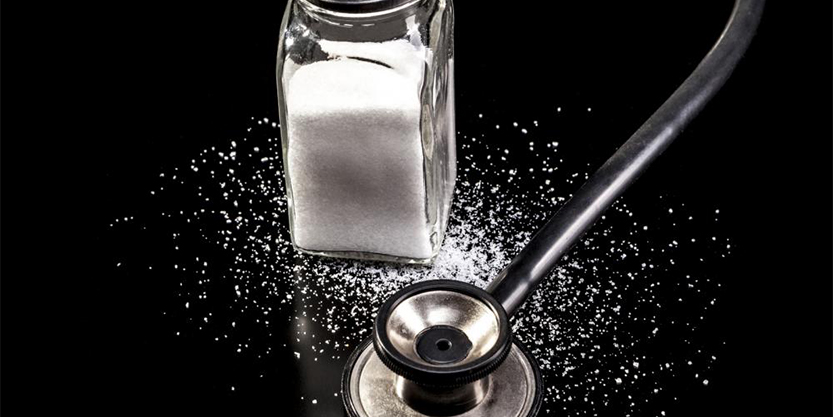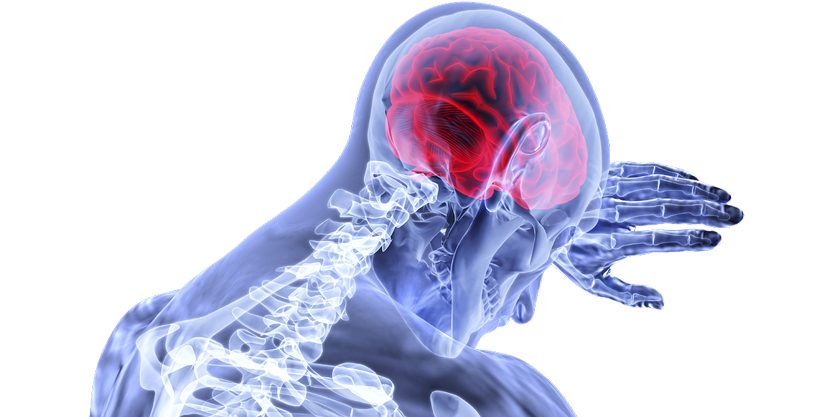Study Links Vaping to Increased Heart Attack Risk
Vaping has become a trend among young individuals and people generally assume it is safer than traditional cigarettes. However, a recent study has found that it is linked to an increased heart attack risk. Vapers are more at risk of having a heart attack as compared to nonsmokers. Moreover, they are also at risk of suffering depression and developing coronary artery disease.
The Study
The study 1 Won Hee Lee, Sang-Ging Ong, Yang Zhou, Lei Tian, Hye Ryeong Bae, Natalie Baker, Adam Whitlatch, Leila Mohammadi, Hongchao Guo, Kari C. Nadeau, Matthew L. Springer, Suzaynn F. Schick, Aruni Bhatnagar, Joseph C. Wu Modeling Cardiovascular Risks of E-Cigarettes With Human-Induced Pluripotent Stem Cell–Derived Endothelial Cells Journal of the American College of Cardiology Jun 2019, 73 (21) 2722-2737; DOI: 10.1016/j.jacc.2019.03.476 showed that e-cigarette users are at a 34% greater risk of having a heart attack and 25% more at risk of having a coronary artery disease. They are also 55% more likely to develop anxiety or depression.
These connections are valid even after managing other cardiovascular risk factors like smoking, high blood pressure, high cholesterol, body mass index, sex, and age.
While researchers were not able to determine if this damage was done before the usage of e-cigarettes or was done due to vaping, they still believe it is a wakeup call for individuals who believe e-cigarettes are safe.
Researchers further found that no matter the frequency of vaping, whether occasionally or daily, vapers are still at a high risk of developing coronary artery disease and heart attack. They are also likely to develop circulatory issues, diabetes, and blood pressure.
Young People Are at High Risk
Another study 2 American College of Cardiology. (2019, March 7). Heart attacks increasingly common in young adults: Youngest heart attack survivors have same likelihood of dying as survivors 10+ years older; substance abuse may be contributing to trend. ScienceDaily. Retrieved June 4, 2019 from www.sciencedaily.com/releases/2019/03/190307081026.htm found that while Americans are getting fewer heart attacks, the percentage has drastically increased among individuals younger than 40 years of age. This indicates that young people are more at risk of a heart attack.
The results showed that 20% of individuals who suffered a heart attack were aged 40 or younger. This percentage has increased by 2% every year in the past decade.
Many of the heart attack victims are in their 20s and 30s. This was considered a rare occurrence a few decades ago. These young individuals have similar risks of dying from a stroke or another heart attack just like elderly patients.
Even if an individual is in their 20s or 30s, after a heart attack, the risk of other cardiovascular issues is higher just like for other elderly patients. For those of you who remember the actor Luke Perry from the 90s teen TV show “Beverly Hills 90210” and the more recent teen drama “Riverdale” based on the characters of Archie Comics, you’ll remember his massive stroke was shock to many.
Associated Risk Factors
Associated risk factors like high cholesterol, smoking, vaping, high blood pressure, and diabetes are the same among both younger and older individuals who had a heart attack.
While young individuals drink less alcohol as compared to people older than them, they are still likely to use other substances, like cocaine, marijuana and also frequently vape, believing it is safer than traditional cigarettes.
Precautions to Take
In order to prevent heart attacks, and other health risks, it is essential to stop vaping, avoid tobacco, reduce alcohol intake, and maintain a healthy diet and regular exercise. It is also important to manage your cholesterol and blood pressure levels.
You should also take preventive measures against diabetes since one out of five heart attack patients aged below 50 years are found to have diabetes. Diabetics have a higher chance of experiencing another heart attack and dying from it as compared to other individuals.
It is therefore, highly recommended that you take preventive measures to improve and maintain your overall health.










